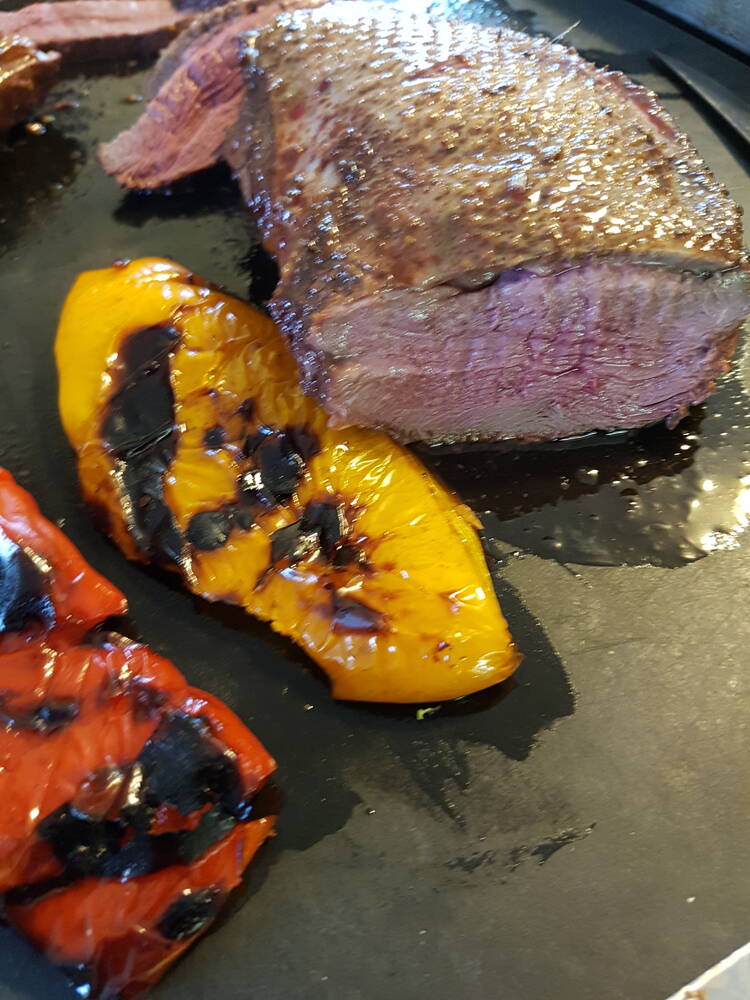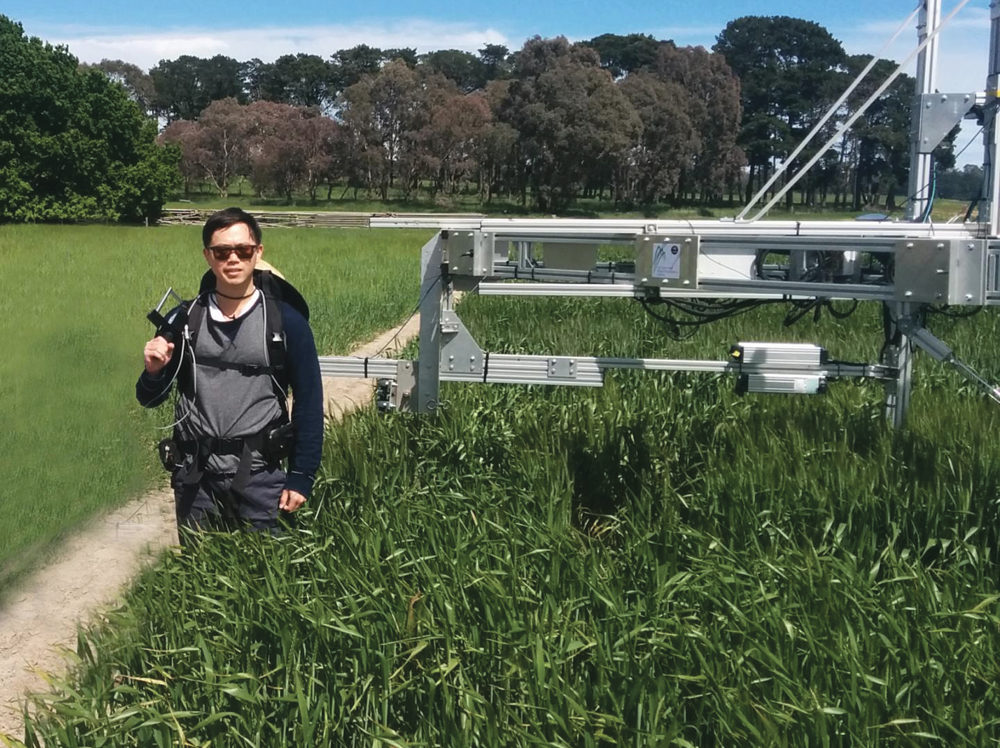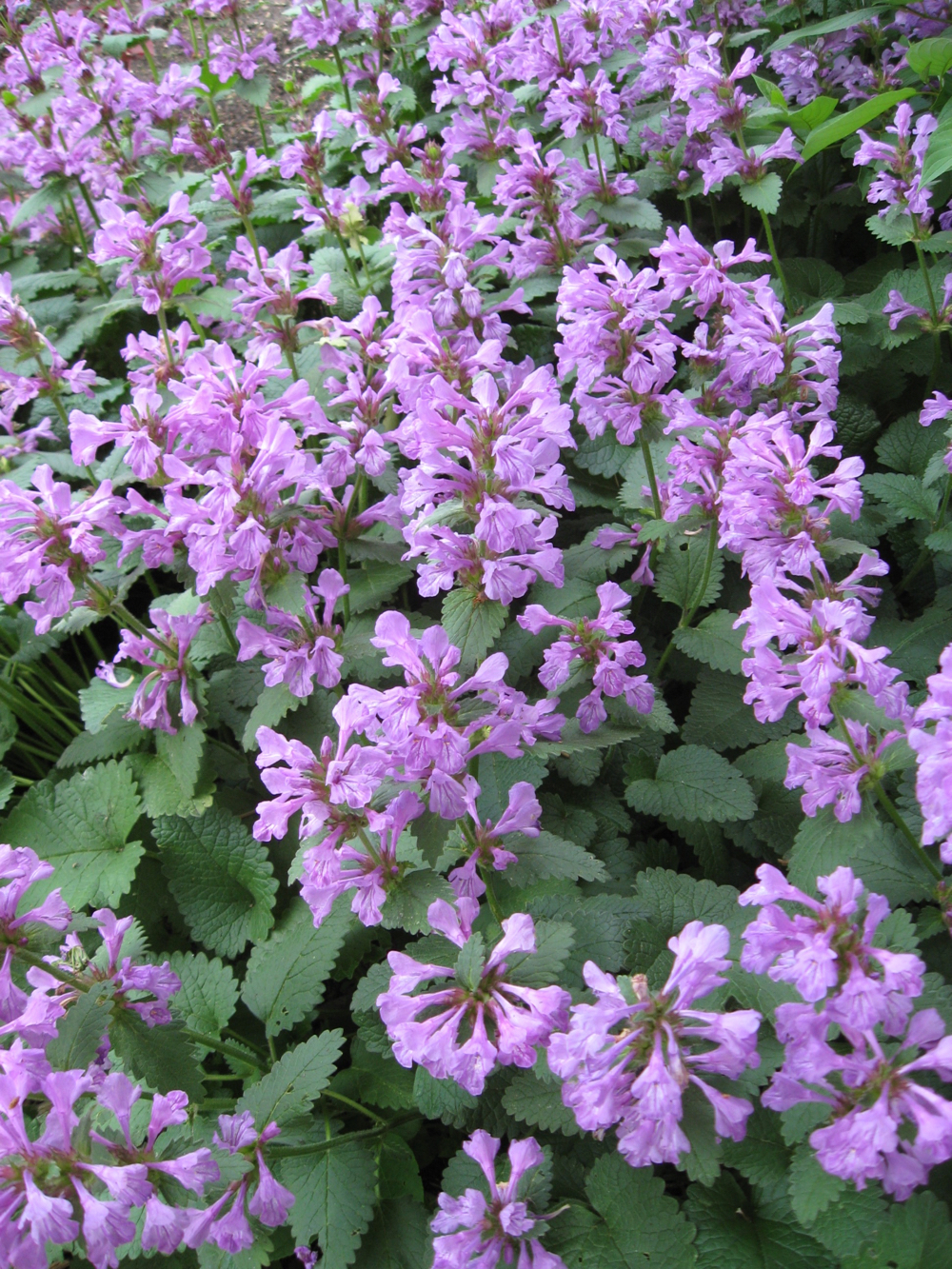What flowers to get a special someone for Valentine’s Day? Red roses? An orchid? Although I really like fresh cut flowers – during the summer months there are usually cut flowers of some kind from our garden in a vase on the kitchen table – in the off season I don’t buy cut flowers very often because I usually opt for a potted plant. Perhaps because of my farm background I am somewhat frugal and practical! I tend to think that I get more value from my money and that a potted plant is more practical than cut flowers – generally the blooms on a potted plant will last longer than cut flowers and then there is often an attractive houseplant to be admired even after its blooms fade.
Read Also

Giant Canada geese have gone wild in Manitoba
Giant Canada geese are seemingly everywhere and can be fine table fare for local hunters, but 70 years ago, they were borderline extinct.
One plant that I think makes a wonderful Valentine’s Day gift is an anthurium (Anthurium scherzerianum) – its common name is flamingo flower. It is the perfect gift for this occasion because it has flowers which are both bright red in colour and heart shaped – the perfect combination for Valentine’s Day. The flowers are not really flowers, but spathes, leaf-like structures that are part of the fluorescence of the plant which also includes a spadix, a spike-like flower structure which is partially enclosed within the spathe.
The advantage of spathes over flowers is that they are very long lasting; spathes will hold their colour and be attractive for months, which is a far cry from the week or so that can be gleaned from a vase of fresh cut flowers. Although anthurium spathes can come in many colours ranging from white to pink to orange and even burgundy, the red ones are usually the ones seen in retail outlets and garden centres. The leaves are arrowhead shaped, bright green and rather waxy to the touch; they remind me of the leaves of the arrowhead plant (Syngonium). The plant makes an attractive foliage plant when it is not in bloom.
Anthuriums originate in the tropical jungles of Central and South America, so they love heat and humidity. They perform best when room temperatures are not allowed to fall much below 20, and where there is lots of moisture in the air. A pebble tray under the plant will help to raise the humidity around it as will frequent misting. Because they grow in tropical jungles under a leafy canopy, anthuriums do not like direct sun although indoors they like bright, indirect light. The plants will not readily re-bloom to produce more spathes if the light levels are too low. Anthuriums will bloom at any time of the year and in their natural environment have spathes on them year round.
Also reflecting their tropical origins, anthuriums do not like their soil to dry out; it should be kept constantly moist. The roots will do best in an open, peat-based, loosely structured growing medium. They are heavy feeders during periods of active growth, so a soluble 20-20-20 fertilizer would be a good choice for use on anthuriums during the summer months.
If you are giving an anthurium to someone who cannot accommodate or does not appreciate indoor plants, anthurium blooms (spathes) are available at some florist shops as cut flowers. They are very long lasting and when arranged in a vase of water with some greens, make a nice display which will last for many weeks. The spathes will likely outlast the greens! Of course the water should be changed periodically and floral preservative should be added to the water. The waxy, shiny, heart-shaped, brilliant-red spathes will surprise that certain someone who will appreciate receiving something a bit different but very “in keeping” with the spirit of Valentine’s Day.
– Albert Parsons writes from Minnedosa, Manitoba


















